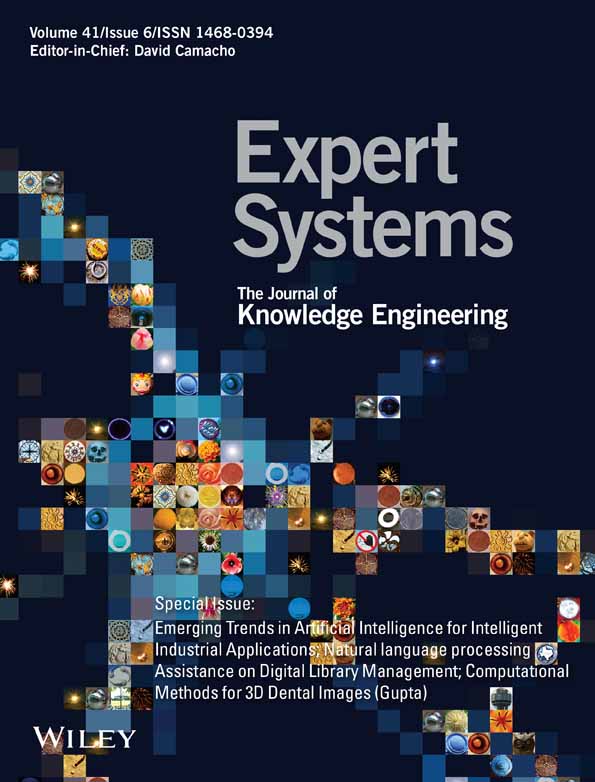Faster Region-based Convolutional Neural Networks with You Only Look Once multi-stage caries lesion from oral panoramic X-ray images
Abstract
Neural networks and artificial intelligence find more applications in dentistry. It treats dental caries, the most prevalent type of dental illness worldwide. Even though dental caries can be prevented and treated, they typically cause dental discomfort and tooth loss. For dental caries to be treated quickly and effectively, comprehensive detection may be needed, a combination of techniques that include eye inspection, probing, using a dental probe, and using a hand-held mirror, and the individual application of each of these techniques, can quickly identify large caries cavities. Long-established caries detection techniques help to locate only partially hidden but still accessible holes. Deep learning (DL) techniques have produced remarkable diagnostic results in radiology. This study aimed to classify various radiographic extensions on panoramic films using DL techniques, identify caries lesions using these techniques, and compare the results to those of dentists with extensive training. Faster region-based convolutional neural networks (R-CNN) is a newly discovered field of medical research that is rapidly expanding and has produced outstanding results in diagnosing and prognosis of pathology and radiology conditions. In this study, dental cavities were detected and analysed using periapical radiographs to evaluate the accuracy of the Faster R-CNN algorithm. Because these three caries were derived from the oral panoramic images, we designed You Only Look Once Version 3 (YOLOv3) as a U-shaped network with a large-scale axial attention module. We also compare the effectiveness of YOLOv3's segmentation to that of other industrial standards. Experiments show that our proposed method, Fast R-CNN–YOLOv3, achieves higher accuracy in segmenting the three distinct caries level. The proposed model (R-CNN–YOLOv3) achieved an effective result with a precision of 97.183%.
CONFLICT OF INTEREST STATEMENT
The authors declare no conflicts of interest to report regarding the present study.
Open Research
DATA AVAILABILITY STATEMENT
Data available on request from the authors.




